DOE proposes revising procedures for calculating petroleum-equivalent fuel economy of EVs for use in CAFE calculations
Green Car Congress
APRIL 12, 2023
The change, petitioned for by the Natural Resources Defense Council and Sierra Club in 2021, would decrease the EV fuel economy values used in calculating CAFE compliance, thereby forcing automakers to either sell more EVs or to improve their other models to remain in regulatory compliance. Background. Ford F-150 Lightning 237.1



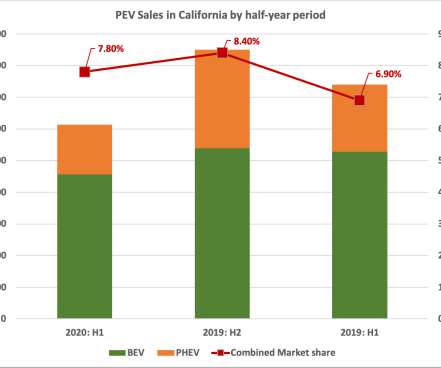










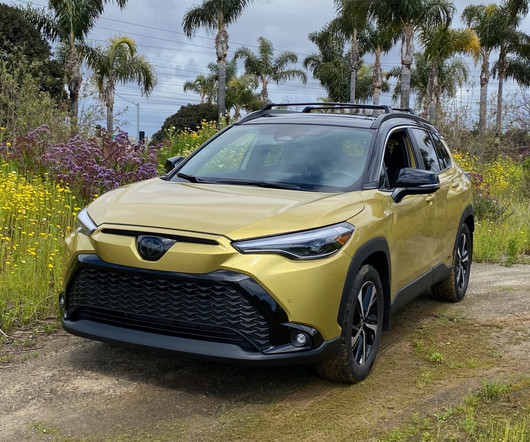
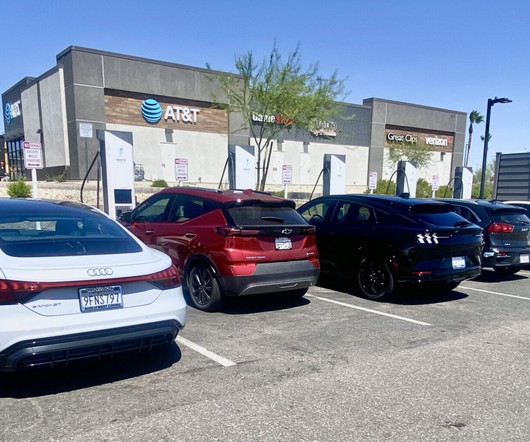



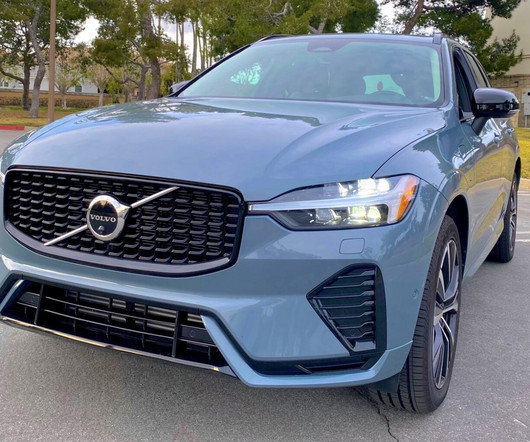
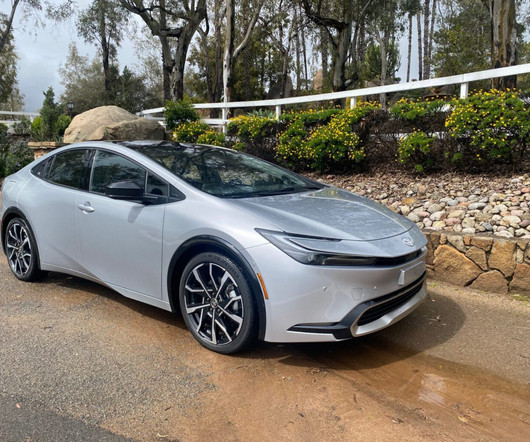
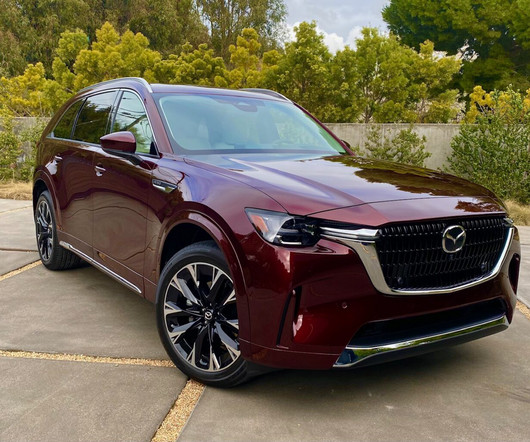

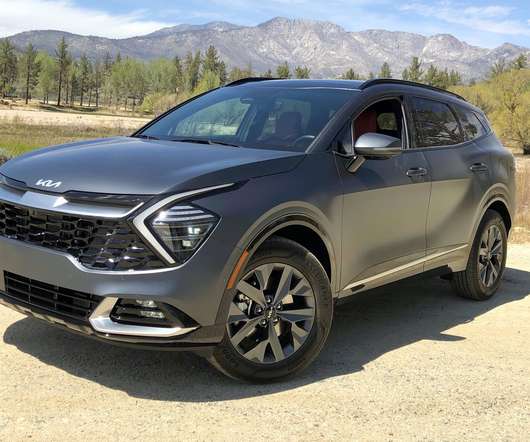

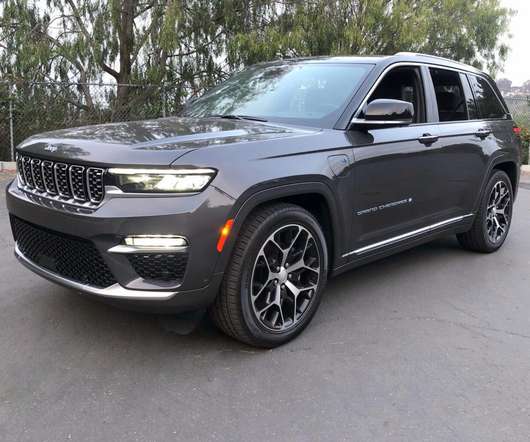
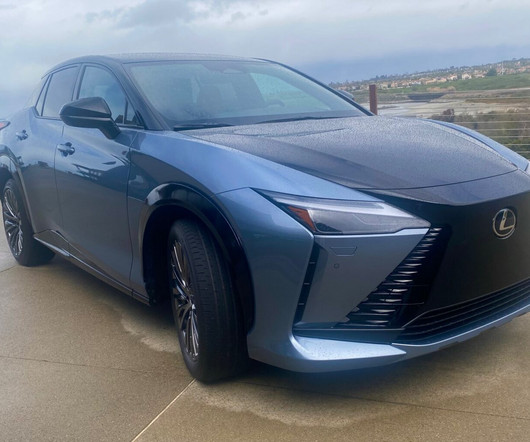
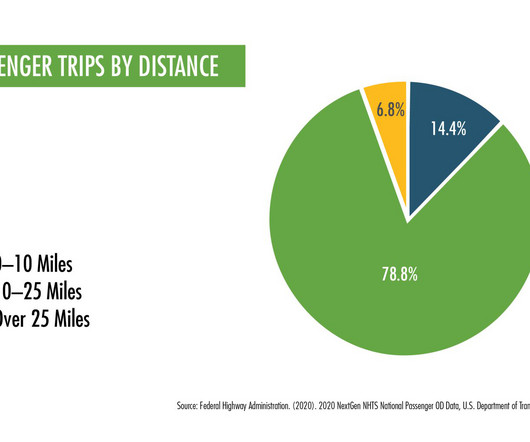
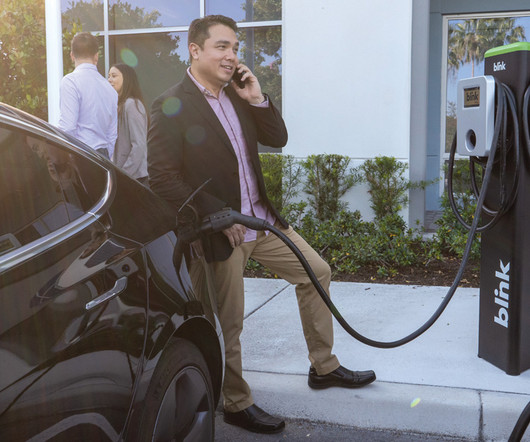
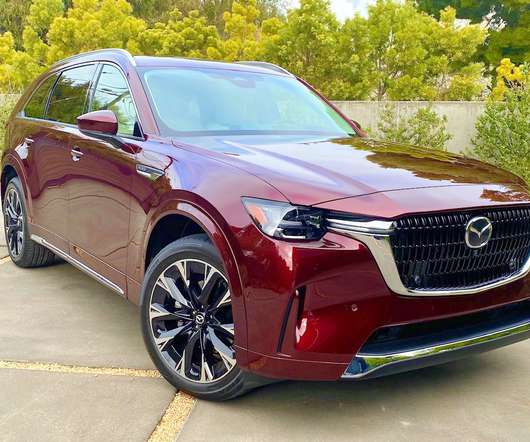





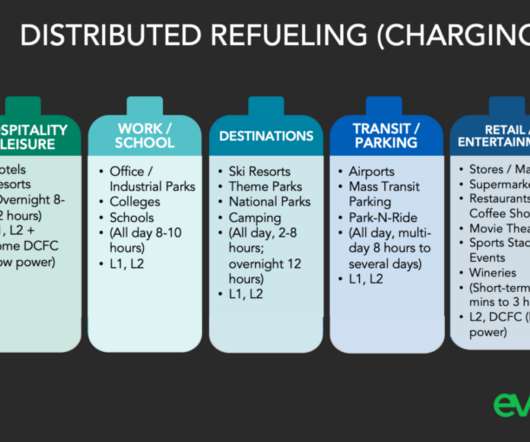
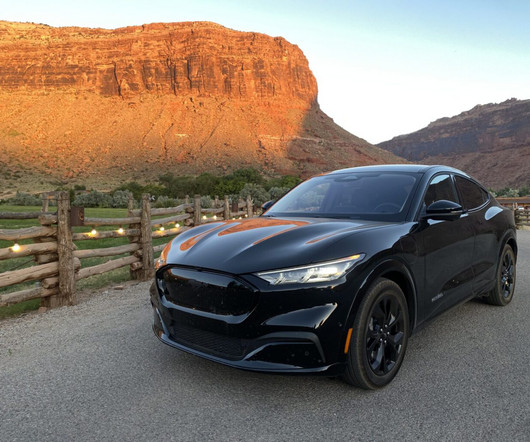






Let's personalize your content